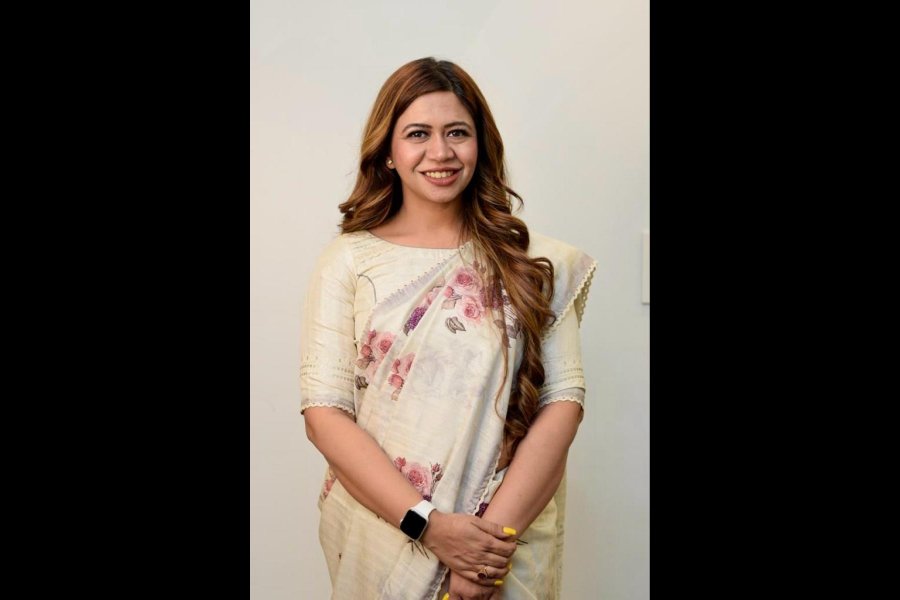A decade of BJP in the central government... 2014 to 2024. More popularly called the Modi Government. So if one may ask, what are the highlights or star achievements of the Modi Government? What will one have to say?
Which acche din is someone’s top-of-mind recall?
Is it the Ram temple built by Shri Ram Janmabhoomi Teerth Kshetra? Of course, no one can deny the unsolicited involvement and contribution of the Prime Minister of a secular nation in the matter of religion.
However, does the construction of the Ram temple make India a Ram Rajya, which mythology states was built on righteousness?
Ram Rajya, according to legends, is an ideal state of society as envisioned by Lord Ram, comprising perfect harmony, justice, dharma and prosperity, where people live in peace and happiness. However, we the less fortunate citizens during the reign of Modi Rajya received skyrocketing prices of everything. With the Modi government in power for a decade, if people compare the current prices of essential commodities with what they were in 2014 — the cost of an LPG cylinder, which cost ₹500 in 2014,
has doubled; pulses that were sold for ₹80 a kilo have become ₹140.
As the country is in the midst of the crucial Lok Sabha polls, which began on April 19, the majority of the 96.8 crore electorate across the country, will deliver their verdict based on the pivotal issue of the preposterous price rise of every commodity regardless of what the saffron ecosystem wants the nation to believe.
What’s worse is amid the price rise, when people are struggling to survive, lakhs of poor families in Bengal are being deprived of their rights as the central government withheld funds under schemes like MGNREGA, a lifeline of the rural economy.
It is the Bengal government led by Mamata Banerjee, which cleared the due wages of 59 lakh MGNREGA workers that had to be paid by the central government.
Deprivation continued for those 11 lakh poor families from rural Bengal too who had been waiting for years to have roofs over their heads as the central government did not provide its share to the state government.
Several surveys revealed that rural households who were provided free LPG gas connections by the central government went back to using firewood or coal as they couldn’t afford the money needed to refill their cylinders. Whereas, the Bengal government concentrated on infrastructure development by building flyovers, convention centres, urban development and rural development projects, etc, besides introducing several social schemes for the development of the people of Bengal.
Kanyashree encourages the education of girl children by providing them with financial aid and in turn, curbing social menace like child marriage which often leads to the death of underage girls in childbirth. There are schemes like Sathya Sathi, providing healthcare facilities to common people even in private hospitals.
This election, the majority of 49.19 per cent of women of the total 7.85 crore Bengal electors would have in their mind ‘Lakshmir Bhandar’ — an endeavour to provide economic liberty — when they press the EVM button.
While the Bengal government concentrates on social and financial welfare and development of the state, the BJP government has been experimenting with demonetisation which cost millions, people’s lives and miseries and ended up as a failed experiment that didn’t curb any black money. The sudden lockdown during Covid-19, without any forethought and arrangements, led to human fatalities and excruciating inconvenience.
The GST, though launched as a progressive endeavour to centralise taxes, has been implemented without prudent planning, which confused and hindered small-scale businesses.
Though the election result will have the final say about which issues will work on people’s minds, the battle of Bengal will be between people-centric welfare schemes and divisive agenda.
Personally, I have faith in the people’s judiciousness and I pray that my India remains a secular democratic sovereign nation as envisioned by our great leaders who fought for the freedom
of our country.
Calcutta votes on June 1
The writer is a Trinamool Mahila Congress leader and daughter of Calcutta mayor Firhad Hakim. Views expressed in the article are personal











